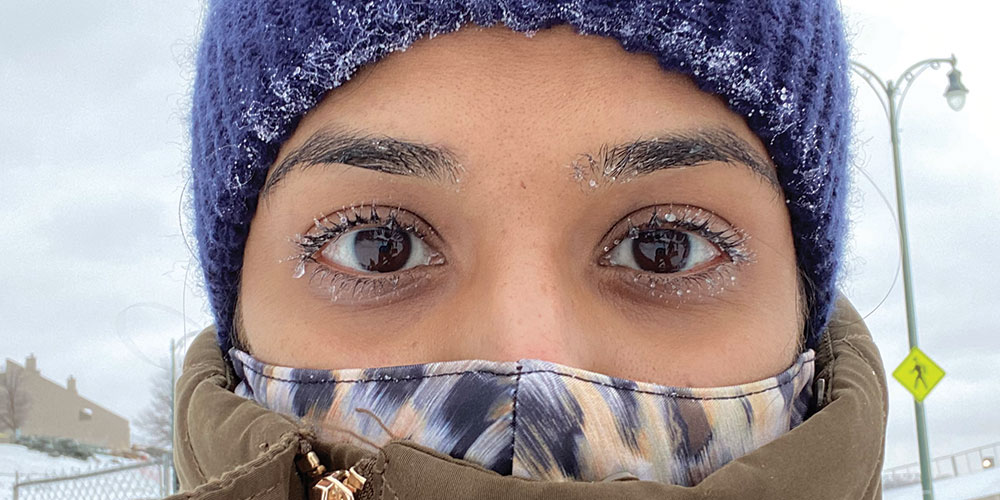Alexa, what’s the weather today? The temperature dropping means heavy coats and heaters but also dry eyes, excess tearing, and vision changes.
Cold wind outdoors and dry heat indoors cause eyes to lose their natural moisture. Symptoms can include eye discomfort, burning, irritation, and redness. When the eyes are dry or lack sufficient tear film, they often water in an attempt to counter the dryness.
Dry eye can also lead to vision fluctuation, which can be improved by blinking. Pre-existing dry eye can worsen in the winter and require additional treatment.
To avoid dry eye this winter, keep yourself hydrated and use over-the-counter artificial tears often. Consider a humidifier in your home or bedroom and avoid pointing direct heat at your eyes, such as when driving.
If it is windy, wear glasses or safety goggles to protect the eyes. If these solutions do not alleviate symptoms, visit your local optometrist.
Choose sunglasses or glasses that block UVA and UVB light rays to protect your eyes from snow blindness, which is a sunburn that causes temporary eye pain and discomfort after excessive UV exposure. Snow and water reflect UV radiation from the sun at high intensities, leading to skin and eye damage.
Dr. Shaleen Ragha sees patients at FocalPoint at Crosstown Concourse. To schedule an appointment, call 901.252.3670.
Photo: Frozen eyelashes in Memphis
snowstorm February 2021







